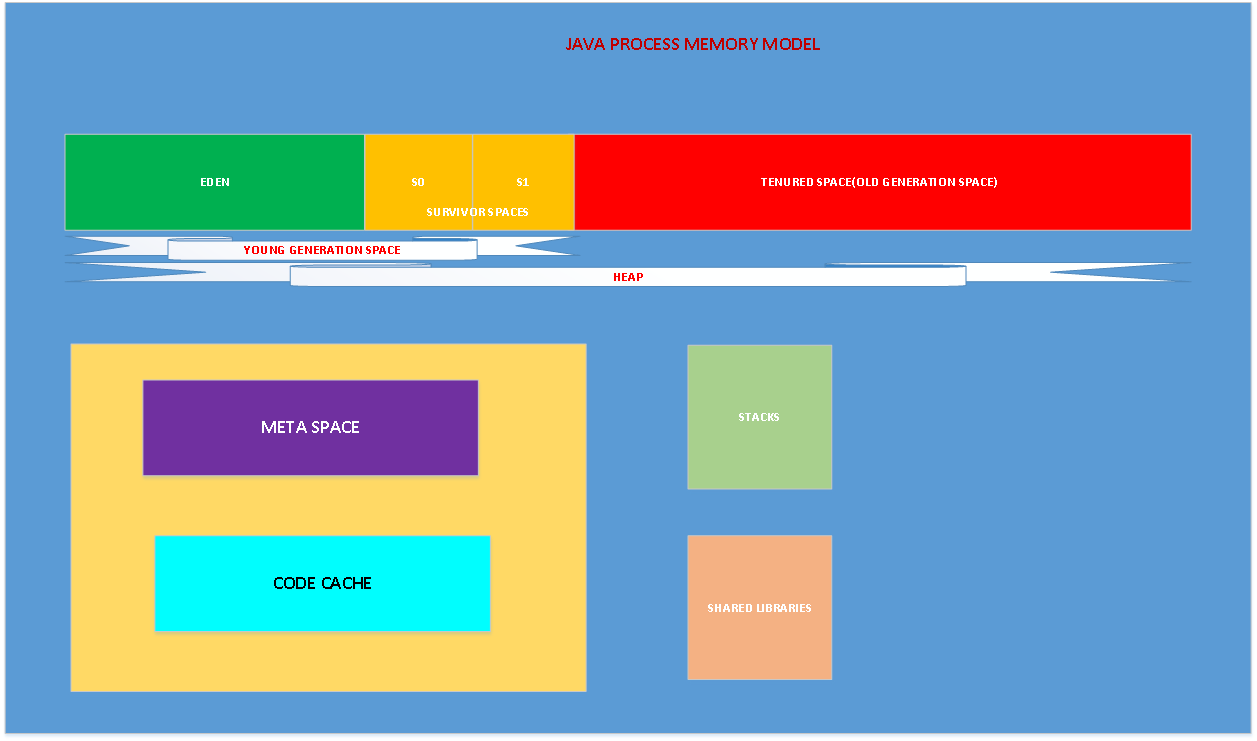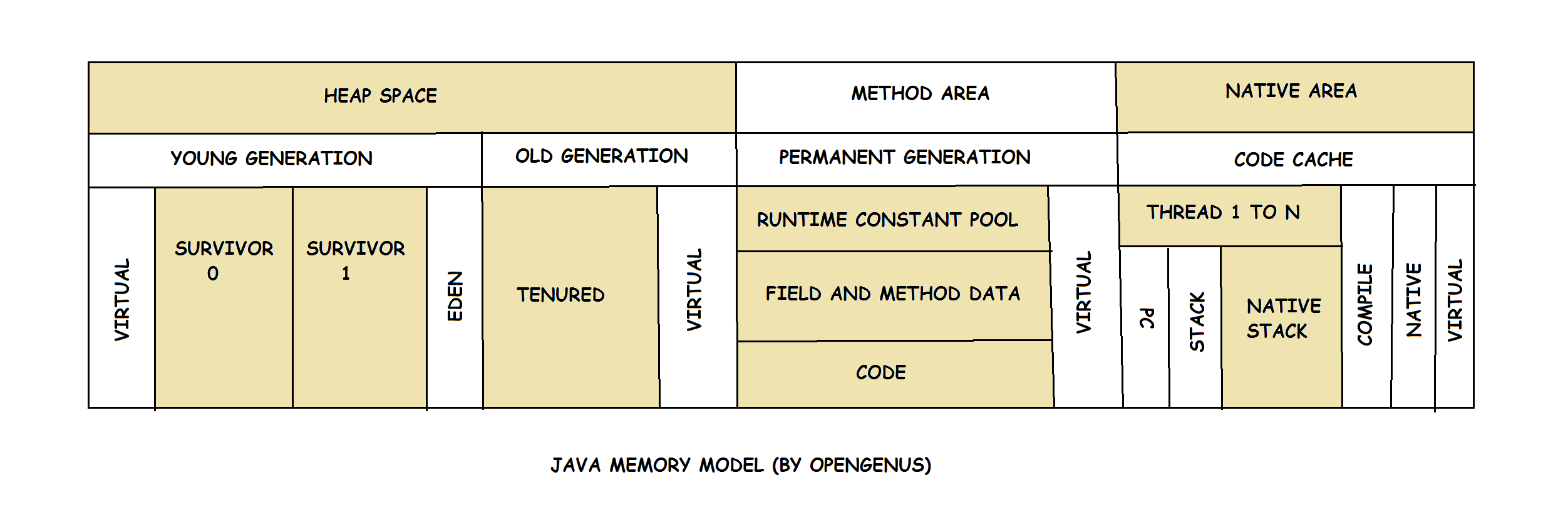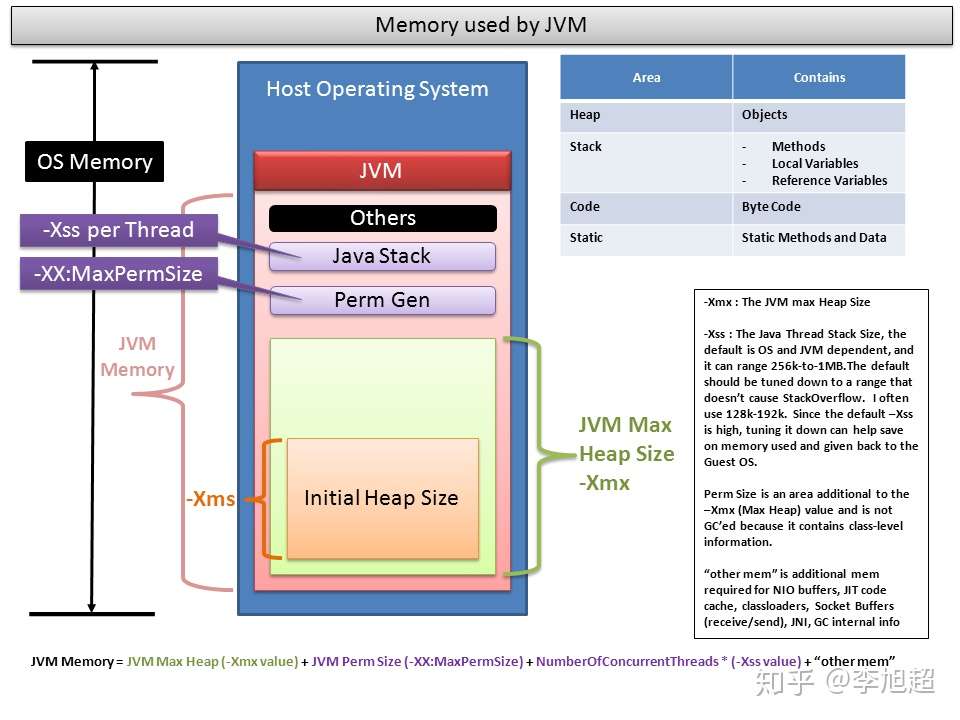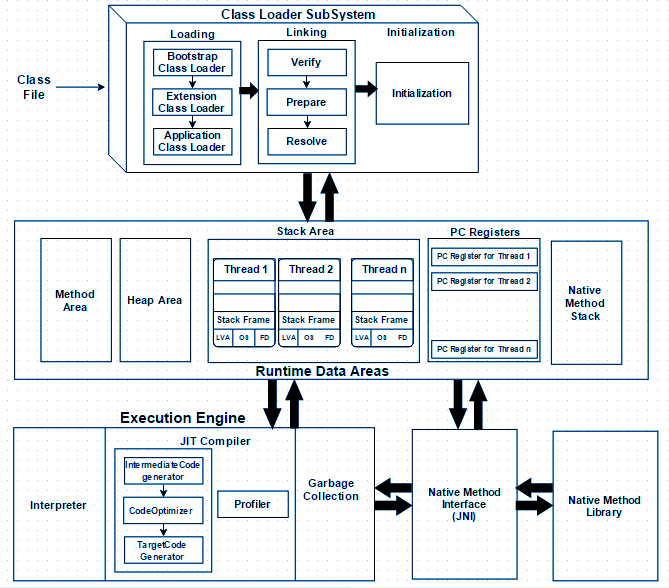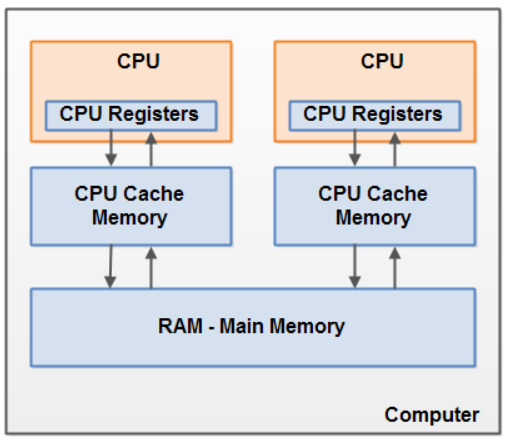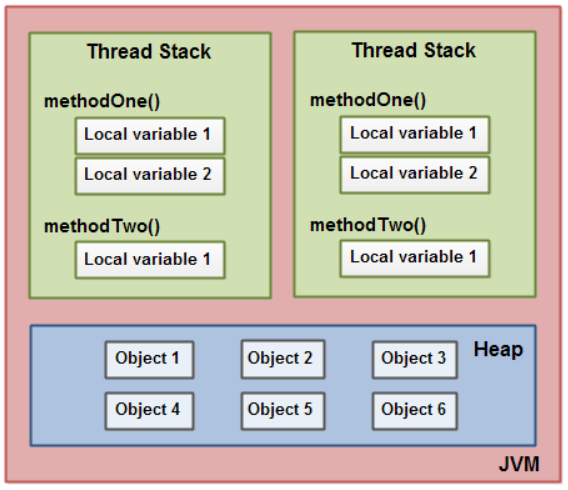Jvm Memory Model

Java memory model structure the java virtual machine defines various run time data areas that are used during execution of a program.
Jvm memory model. Once we launch the jvm the operating system allocates memory for the process. Memory management in java young generation. Java jvm memory model. The java virtual machine has memory other than the heap referred to as non heap memory.
Though the term jvm stands for java virtual machine it runs other languages like scala or groovy as long as they can be compiled into java bytecode. The young generation is the place where all the new objects are created. Here the jvm itself is a process and the memory allocated to that process includes the heap meta space jit code. At broad level jvm heap memory is physically divided into two parts young generation and old generation.
Java virtual machine jvm memory is divided into separate parts to classify memory spaces based on usage. It is created at the jvm startup and stores per class structures such as runtime constant pool field and method data and the code for methods and constructors as well as interned strings. Java memory model is divided between thread stacks one for each thread and a heap area. The jvm interprets bytecode which is produced by the compilation of the source code of a class.
As you can see in the above image jvm memory is divided into separate parts. Jvm stacks could be of fixed size or variable size. Java jvm memory model java programming java8 object oriented programming java technologies java memory model is divided between thread stacks one for each thread and a heap area. Some of these data areas are created on jvm start up and are destroyed only when the jvm exits.
Java virtual machine jvm memory model. The default maximum size of non heap memory is 64 mb. It is a thread specific memory area and contains local variables methods call information etc. The key idea is to quickly identify the approximate usage of a particular object and consider objects only of a particular interest.





